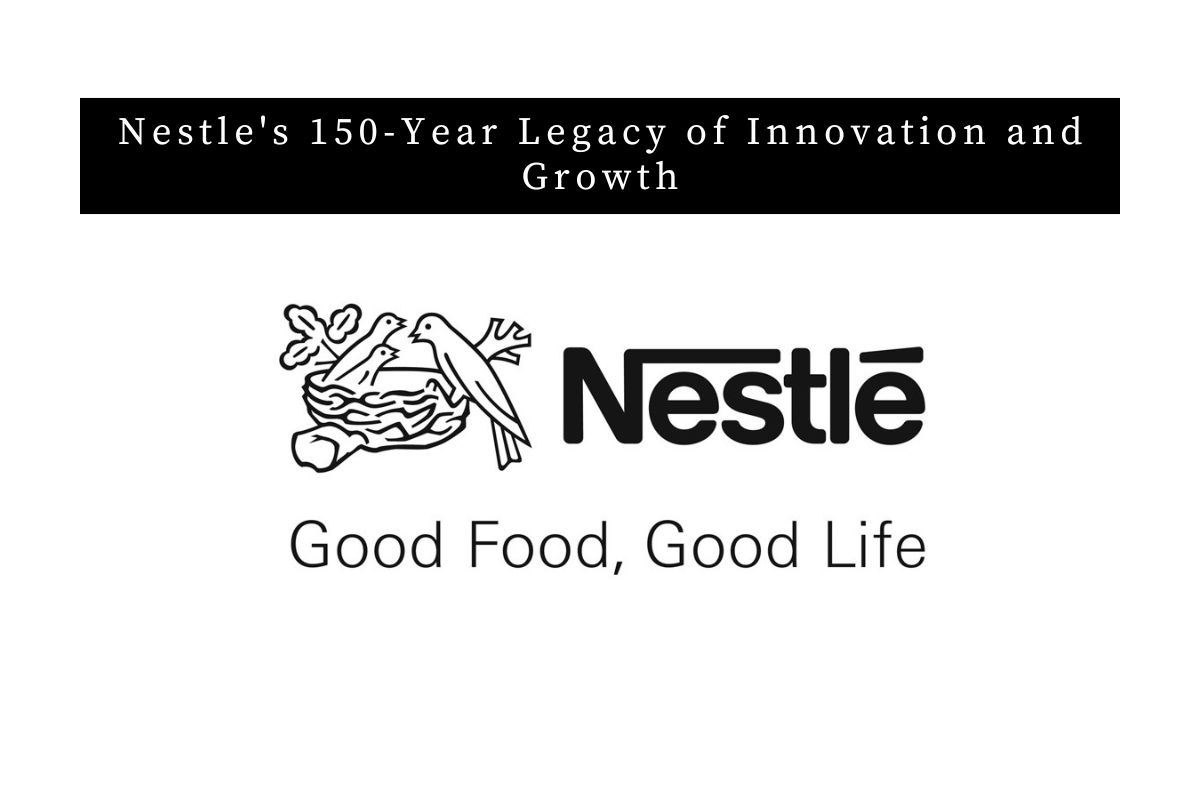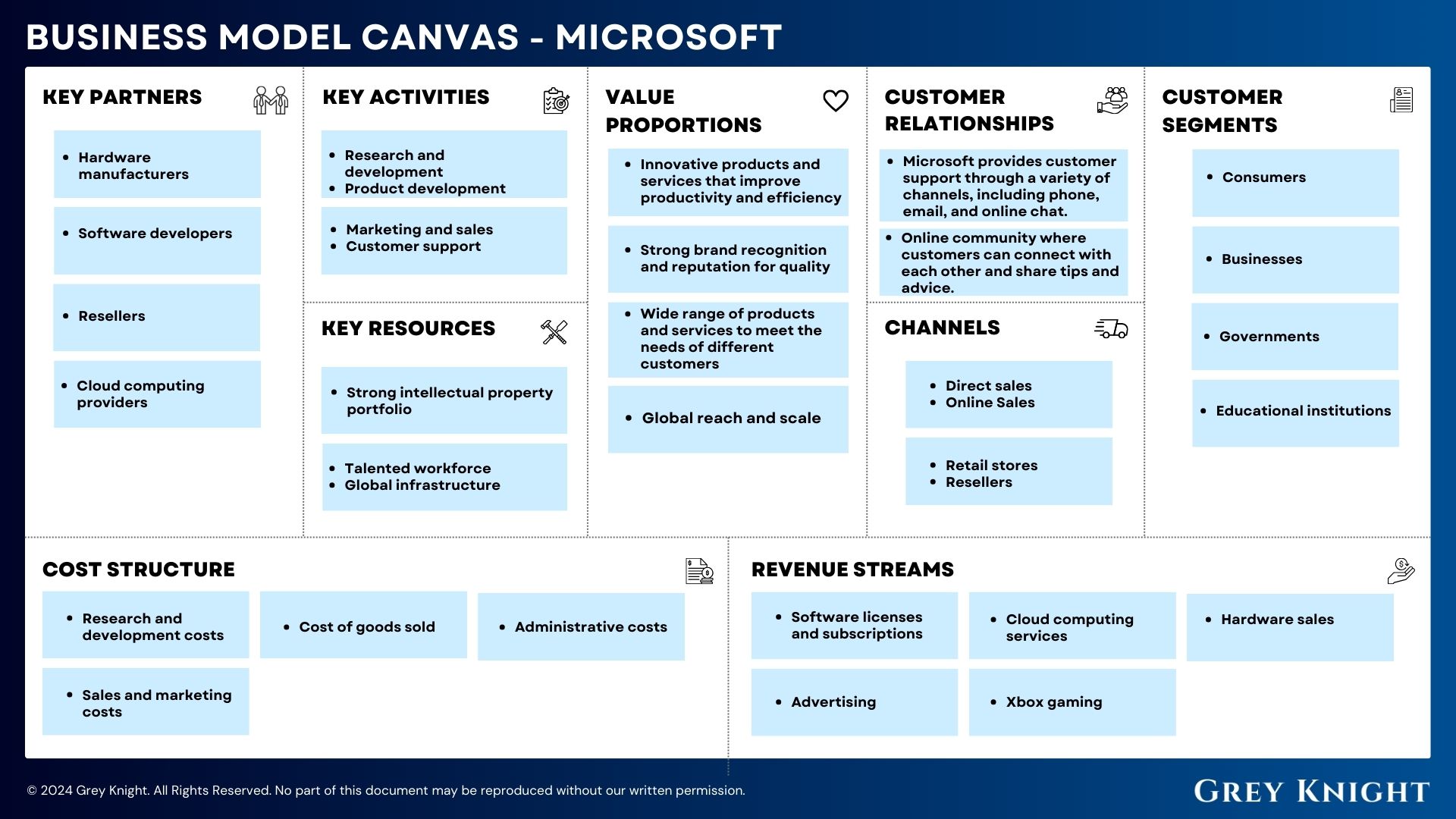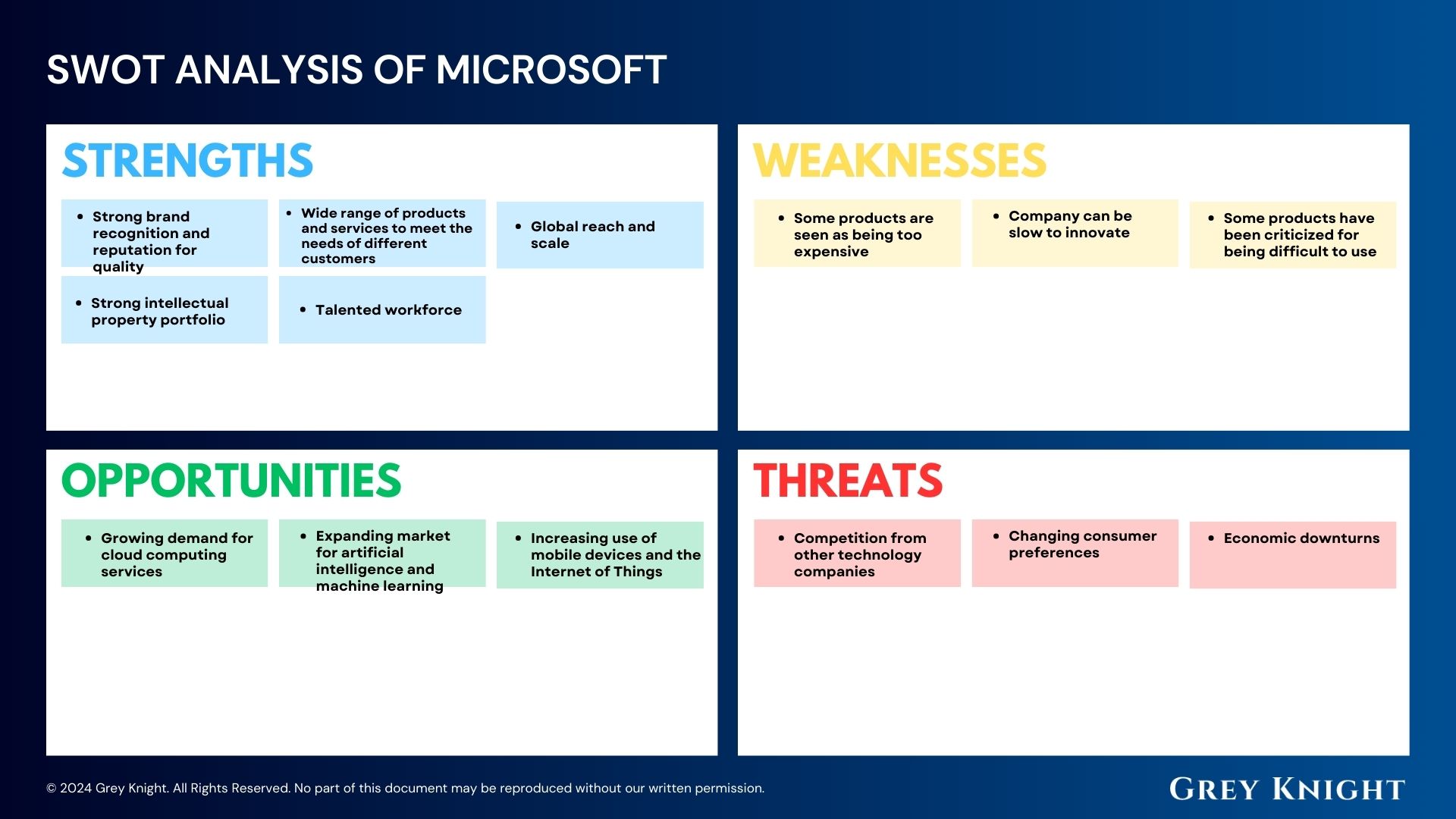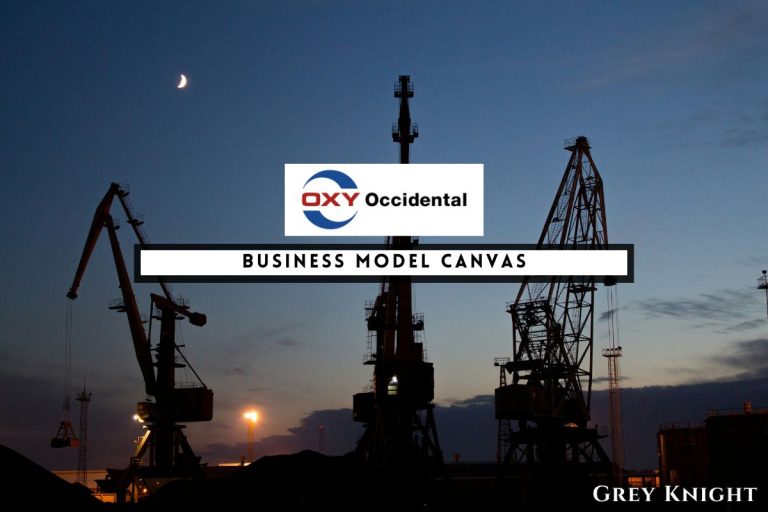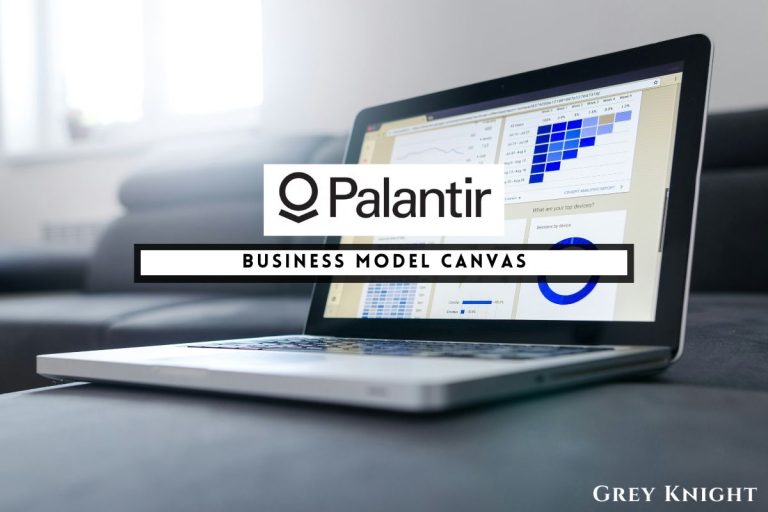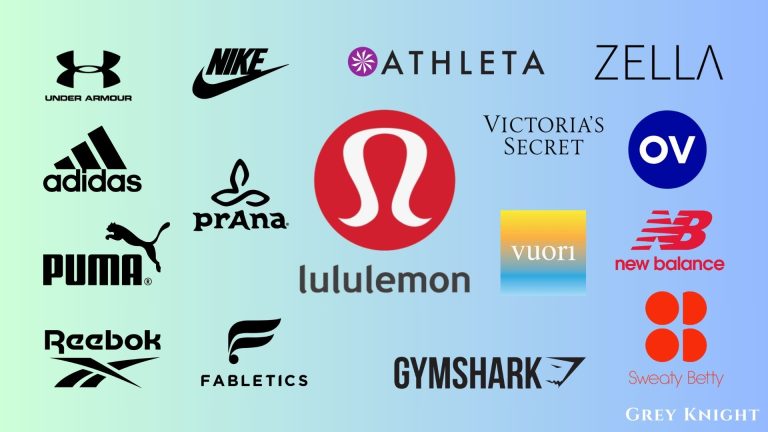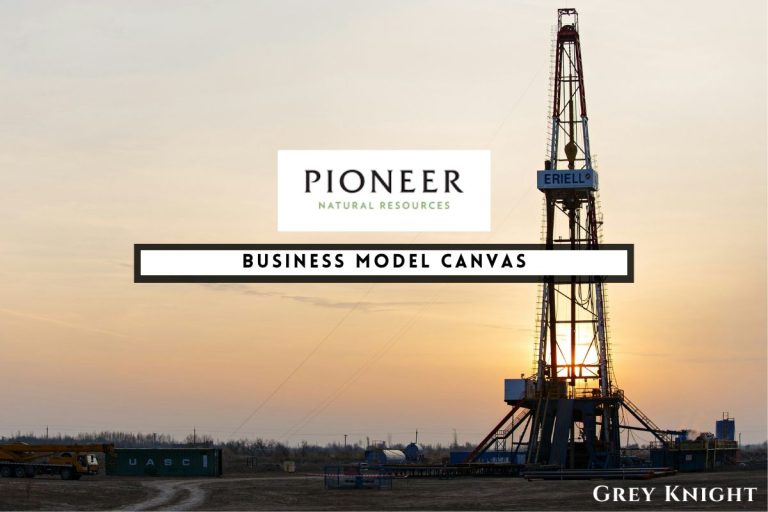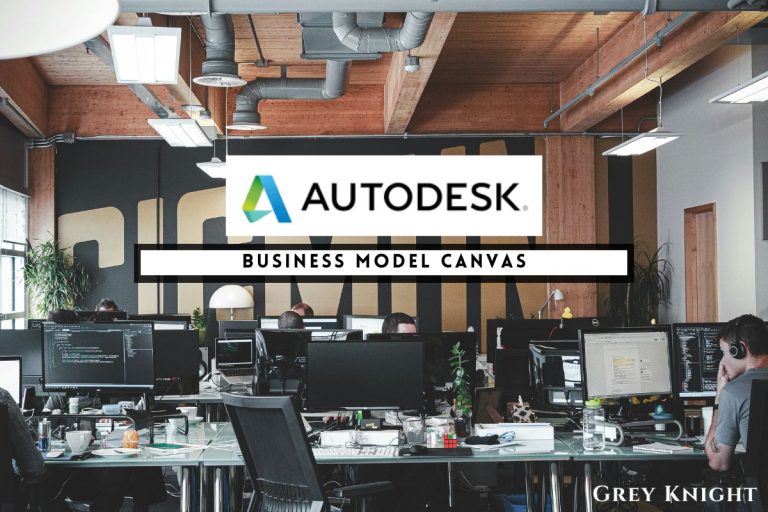Nestle is a name that is synonymous with quality food and beverages. From its humble beginnings as a condensed milk factory in Switzerland to its position as the world’s largest food and beverage company, Nestle has weathered many challenges and controversies to become a global leader in the industry.
Table of Contents
ToggleFounding of Nestle
Nestle was founded in 1866 by two Swiss entrepreneurs, Charles Page and Henri Nestle. The two men started their companies, the Anglo-Swiss Condensed Milk Company and Farine Lactée, respectively. Charles Page aimed to build a condensed milk factory, while Henri Nestle wanted to develop an affordable breast milk substitute. Both entrepreneurs were pioneers in their fields, and their companies became very successful.
Growth and Expansion
In 1877, the Page brothers started selling their own infant formula, which prompted Henri Nestle to release Nestle-branded condensed milk. This led to a fierce price war that lasted for almost 30 years. In 1905, the directors of the two companies agreed to a merger, creating a new company that had a total of 20 factories. Over the next decade, Nestle expanded to every inhabited continent.
World War I taught Nestle the valuable lesson of not keeping all its eggs in one basket. The company started buying factories in the US, which helped it expand its production capacity. By 1921, Nestle had doubled its production capacity to 80 factories. Throughout the 1930s, Nestle continued to expand its factories in Asia and Latin America, which kept the company safe from the Great Depression.
Nescafe Launch and Acquisitions
Nescafe, one of Nestle’s most renowned products, was launched in 1938. The Brazilian government had asked Nestle to find a use for its immense coffee surplus, and Nestle decided to make a soluble powder instead of coffee cubes. Nescafe became popular in the US in just one year and helped Nestle survive World War II’s supply shortages. Nestle’s profits from World War II were so high that it started acquiring smaller European companies.
One of Nestle’s most significant acquisitions came in 1974 when it acquired a 30% stake in the French cosmetics firm L’Oreal. Throughout the next decades, Nestle expanded mainly through acquisitions, entering various new markets, from frozen food to pharmaceuticals.
Controversies and Sustainability
However, Nestle faced its first major controversy in the 1970s when US activists accused it of using predatory marketing tactics to promote its baby formula in developing countries. The controversy led Nestle to create a new marketing policy, the International Code of Marketing of Breast-milk Substitutes, in 1981.
Nestle has faced other controversies, such as its involvement in child labor and deforestation, and it has taken steps to address these issues. The company has committed to achieving zero net greenhouse gas emissions by 2050 and has launched initiatives to promote sustainability.
Nestle’s Success Today
Today, Nestle is the largest food and beverage company in the world, with more than 2,000 brands and operations in over 190 countries. Its portfolio includes some of the most recognizable and beloved brands in the world, including KitKat, Nespresso, Gerber, Purina, and Perrier.
As the company celebrates its 150-year legacy, it remains committed to providing consumers with high-quality, sustainable products that meet their needs and preferences. Nestle’s continued success and longevity are a testament to the ingenuity, resilience, and vision of its founders, as well as the many talented individuals who have helped to shape the company over the years.
Conclusion
Nestle’s story is one of innovation, expansion, and sustainability. From its origins as a condensed milk factory in Switzerland to becoming the world’s largest food and beverage company, Nestle has faced many challenges and controversies but has remained a leader in the industry. Through its commitment to providing high-quality, sustainable products that meet consumers’ needs and preferences, Nestle has continued to thrive for over 150 years. The company’s legacy is a testament to the vision and resilience of its founders and the many talented individuals who have contributed to its success.
TL;DR
Nestle is the world’s largest food and beverage company, founded in 1866 in Switzerland by Charles Page and Henri Nestle. The company started with condensed milk and a breast milk substitute, and after a merger in 1905, expanded to every inhabited continent. Nescafe was launched in 1938, and Nestle continued to expand through acquisitions in various markets, including L’Oreal in 1974. The company has faced controversies such as predatory marketing tactics and child labor but has taken steps towards sustainability. Today, Nestle has over 2,000 brands and operations in over 190 countries.
Key facts:
- Nestle was founded in 1866 in Switzerland by Charles Page and Henri Nestle
- Nestle started with condensed milk and a breast milk substitute
- A merger in 1905 led to expansion to every inhabited continent
- Nescafe was launched in 1938 and helped Nestle survive World War II
- Nestle expanded through acquisitions in various markets, including L’Oreal in 1974
- Nestle has faced controversies such as predatory marketing tactics and child labor
- The company has committed to achieving zero net greenhouse gas emissions by 2050 and launched initiatives to promote sustainability
- Nestle is the largest food and beverage company in the world with over 2,000 brands and operations in over 190 countries
Additional Resources
To keep learning and advancing your career, we highly recommend these additional resources:
7 Financial Models Used by Investment Bankers

